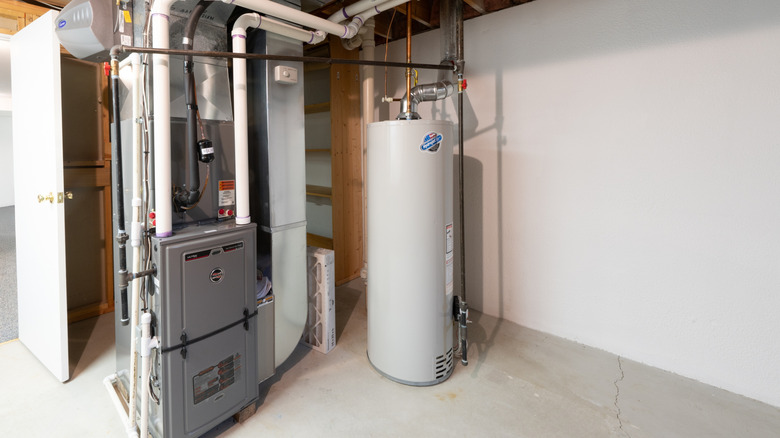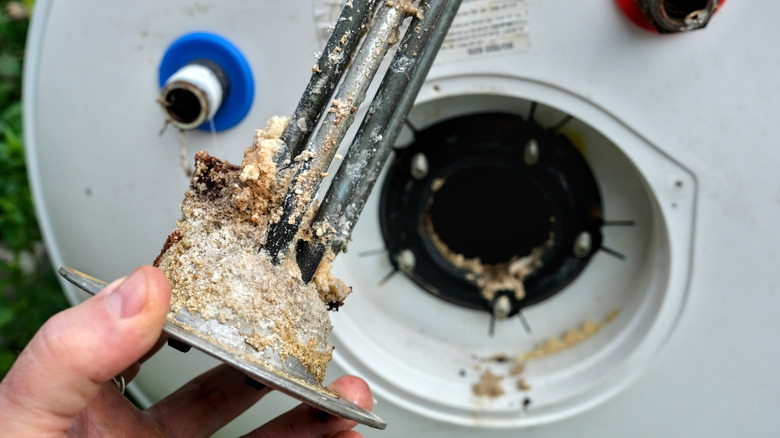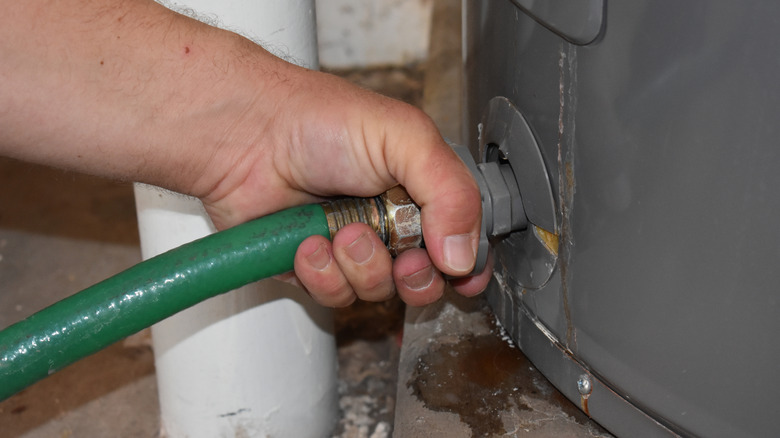The Biggest Mistake You're Making With Your Water Heater (That Could Cost Thousands)
Picture this: You step into your shower, ready to start your day, but instead of soothing warmth, you get hit with a blast of cold water. Even worse, you look into your utility closet and see a puddle of water forming around your water heater. Sudden water heater failure is a guaranteed way to ruin your day and empty your wallet. If you're ignoring flushing out your tank, you could be setting yourself up for a replacement that can cost anywhere from $874 to $1,765, with the national average around $1,293, depending on the type of water heater and installation costs.
Many people assume the biggest mistake they can make with their water heater is setting the temperature too high or forgetting to insulate the pipes, but the number one thing that causes a water heater to fail is the slow build-up of gunk and minerals at the bottom of the tank. To prevent this, it's recommended to drain and refill your water heater about once a year. Most homeowners forget this maintenance task because the water heater is often tucked away out of sight, but overlooking this is the one thing that can take years off your unit's lifespan and increase your monthly bills. Flushing your water heater can be the difference between an emergency replacement and knowing you'll have steamy, hot water every time you turn on the shower.
The hidden destroyer lurking inside your tank
The sediment that gathers at the bottom of your water heater tank isn't just dirt, it's mostly made up of minerals like calcium and magnesium, especially if you live in an area with hard water. When this mineral-heavy water heats up, the tiny particles settle and create a hardened layer of scale inside the tank. This layer acts as an insulator, trapping heat at the bottom of the tank and creating a barrier between the heating source and the water you want to warm up. Because of this, the heating element in electric models has to work much harder and runs the risk of burning out faster, while gas burners may overheat the bottom of the tank, which can cause metal fatigue and tiny cracks that eventually lead to leaks.
As the water trapped underneath the sediment layer heats up past its boiling point, it releases steam and bubbles through the mineral layers, which is often what causes popping or rumbling noises you hear coming from the tank, a major sign you need to replace your water heater. This means the water heater runs longer to get to the set temperature, forcing your energy costs higher every month. Instead of lasting the potential 10 to 15 years, an unmaintained water heater often fails sooner because of the corrosion.
A fix that saves thousands
One of the best tips to double the life of your water heater is to flush it, a pretty straightforward task you can handle yourself in an afternoon. If you'd rather not get your hands dirty, you can hire a professional, which many homeowners think is a small price to pay compared to the cost of replacing the entire water heater. The supplies for a DIY flush usually cost around $10 to $20, and a professional will typically charge about $75 to $150 for a standard tank.
To flush a water heater, first turn off the power or gas supply to the unit, then shut off the cold water intake at the top of the tank. Next, hook a garden hose up to the drain valve at the bottom and run the other end to a safe drain or outdoors. Opening a hot water faucet inside the house while the tank is draining helps prevent a vacuum from forming. Once the tank is empty, turning the cold water supply back on briefly, while the drain is still open, will agitate the built-up sediment and help flush it out until the water runs completely clear. This will help protect your heating element, make the tank work more efficiently, and reduce those popping sounds while making sure your unit lives a long life.


